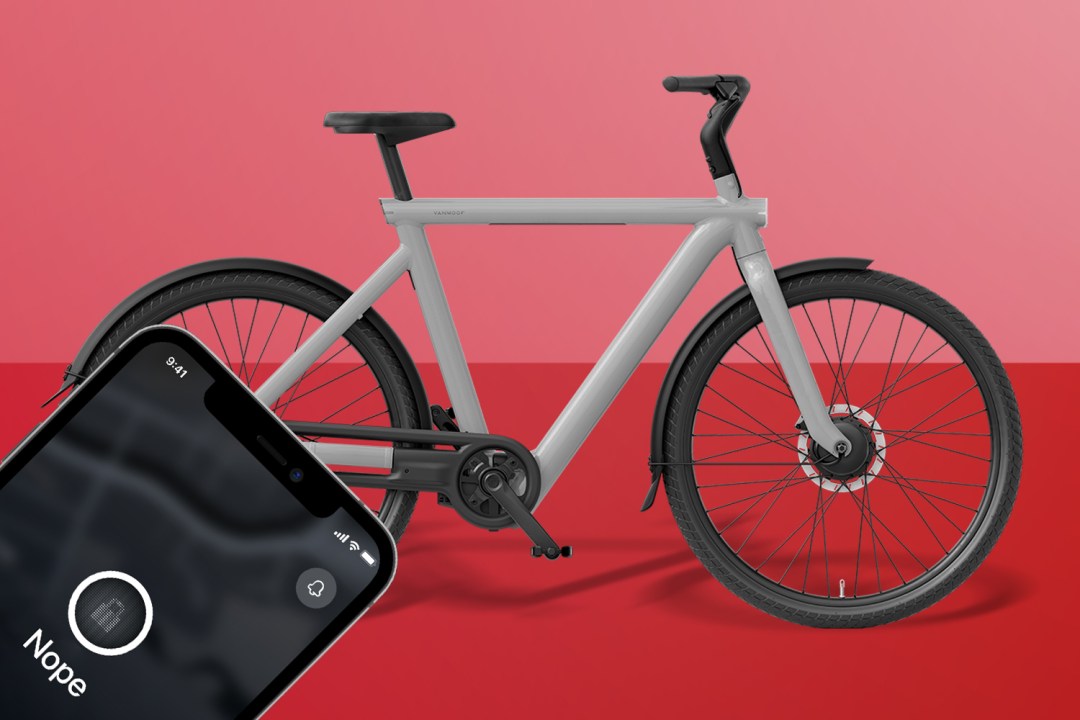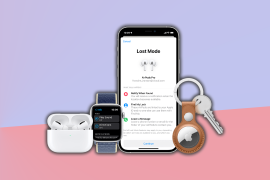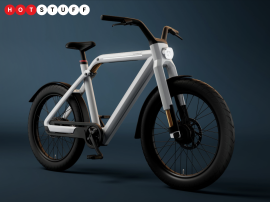VanMoof’s demise shows how reliant we are on here-today, gone-tomorrow apps
App to the future? Only if they’re not vital to gadgets actually working

Last Christmas, a friend outlined in punishing detail the sheer horror inflicted on him over the holidays. He’d bought Wi-Fi-enabled Christmas tree lights that in decidedly unfestive fashion wanted nothing to do with his Wi-Fi network. Which meant they wouldn’t connect to his phone. More ho-ho-oh-no than Christmas cheer, then. But at least they had a simple on switch too. Which is more than you can say for VanMoof e-bikes.
If you’ve not heard the news, VanMoof went poof. The Dutch company that once described itself as “the most funded e-bike company in the world” found itself short of funds, leaving users in limbo. With a traditional bike, this wouldn’t be a problem. But VanMoof’s two-wheelers rely on an app. You use the app to unlock your e-bike. It’s used to track rides. And the app lets someone configure their e-bike, for example to adjust gear shifting settings.
So are VanMoof e-bikes now fancy, oversized, paperweights? Not quite. VanMoof itself outlines another way to unlock your e-bike, which from a glance appears to involve pressing a button on the handlebars for four seconds until you hear a beep, pressing it again multiple times to match the first digit of your backup code, and performing an arcane ritual to the Elder Gods. You’re then good to go.
A wheelie good idea

VanMoof’s rivals at Belgian outfit Cowboy also rode to the rescue, creating a cheeky app to deal with the bike-not-starting thing. Which was nice of them. Well, until you realise a rival falling flat on its face and locking loads of people out of their e-bikes doesn’t do great things for the future of the sector as a whole.
Anyway, all’s well that ends not disastrously. At least if you own a VanMoof e-bike and know what’s going on with VanMoof and get a copy of your digital key, assuming the servers haven’t gone offline by the time you read this. Otherwise: paperweight.
All of this brought to mind a growing unease I have with reliance on smartphones. Now, I like my iPhone to a degree that’s unhealthy. I spend so many hours using it that my Screen Time alert is a video of Tim Cook giving me a scolding look. But my usage is about choice, rather than necessity. If my iPhone was suddenly snatched away by a curiously tech-aware pigeon, I’d be fine. Well, I’d be annoyed. But my house would still work.
Lego of the past

That’s because although my house has smart gadgets, nothing important is solely reliant on a phone to function. But thinking more widely about the shift towards app dependency, I realise even my household hasn’t escaped unscathed. My daughter owns Lego Hidden Side sets that were robbed of their AR functionality – Lego didn’t think enough people were playing and mothballed the app. Lego Vidiyo will soon meet a similar fate. Even support for the fantastic app-controlled Lego Mindstorms is only guaranteed until the end of 2024.
Of course, plastic bricks are a far cry from an e-bike, and I count myself fortunate in that. But history is increasingly full of products that cannot be used without an app and that have been bricked or silenced when a company tired of supporting them. When Apple repeatedly said “there’s an app for that”, it felt like an exciting call to action: a slogan that positioned a smartphone as a key part of your life and full of potential. I’m far less excited about “you need an app for that”. To that line of thinking, I say: on your bike. Although perhaps not a VanMoof bike, because they might not be going anywhere anytime soon.



